Turbulent goings-on at Pariser Platz in Berlin: young artists unload their paintings outside the Prussian Academy of the Arts while its distinguished professors file through the door. In the background we see Max Liebermann, the president of the Academy, on the roof of his house right next to the Brandenburg Gate. He is working on a self-portrait held for him by Victoria, the goddess of victory. She has torn herself off the Victory Column on the right of the frame, but in mid-flight she loses the laurel wreath which, since Ancient times, has been the mark of distinction for success.
Felix Nussbaum (1904–1944) depicts the generation conflict with irony: by the early 1930s, artists of Liebermann’s age – seen as “rebels” at the turn of the century – had become established dignitaries. From the point-of-view of younger artists, they were now defending a fossilised, obsolete tradition in art and standing in the way of new trends. No wonder the 27-year-old Nussbaum shot to fame in Berlin with “The Folly Square”.
The Folly Square
1931
Oil on canvas
97 x 195,5 cm
Acquired with funds from the Foundation DKLB, Berlin 1975
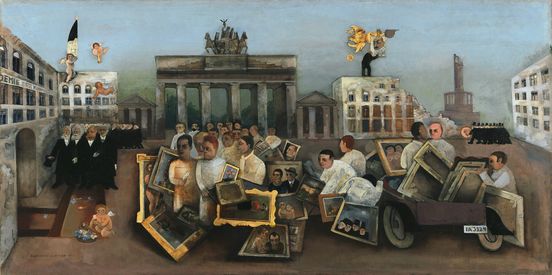
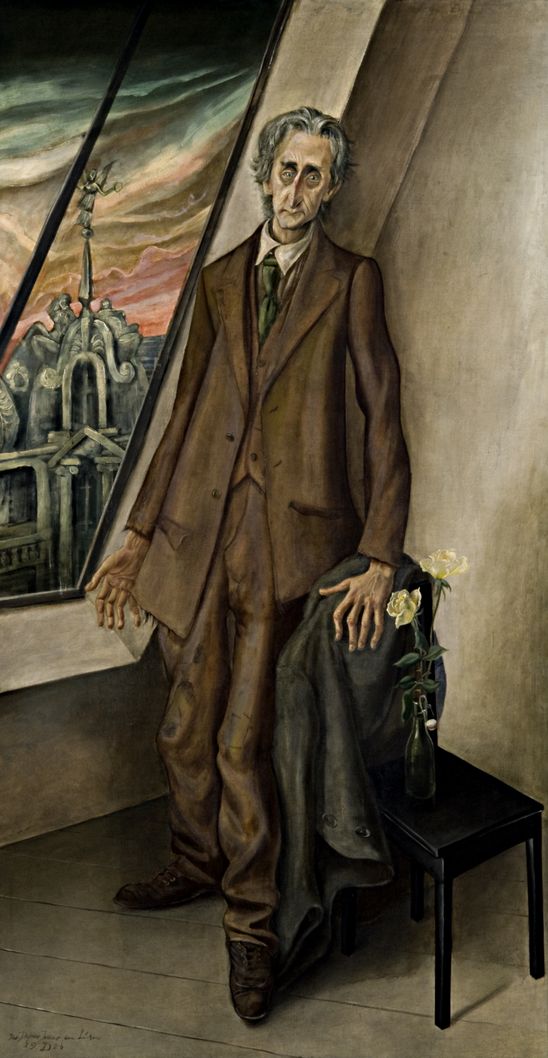
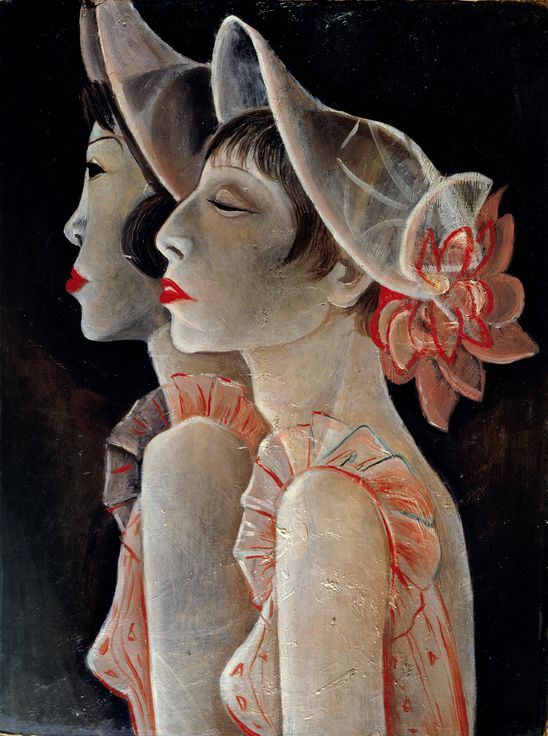
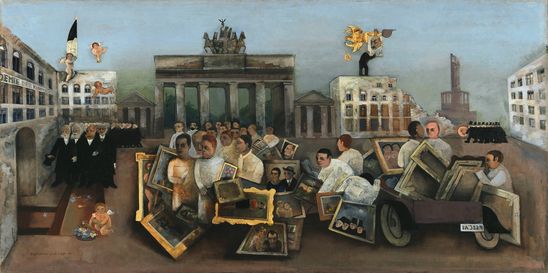
![[Translate to English:] Georg Baselitz, Ein moderner Maler, 1966 Painting by Georg Baselitz, oil on canvas, 1966, 162 x 130 cm](/assets/_processed_/9/2/csm_Zeitgenoessische-Kunst-Berlin-Georg-Baselitz-Ein-moderner-Maler_d24e401f4b.jpg)
![[Translate to English:] Rainer Fetting, Gelbe Mauer, 1977; Repro: Kai-Annett Becker Painting by Rainer Fetting, dispersion on canvas, 140 x 160 cm](/assets/_processed_/6/7/csm_Museum-Berlin_Rainer-Fetting_Gelbe-Mauer_72fff78d0d.jpg)
![[Translate to English:] Cornelia Schleime, Die Nacht hat Flügel, 1996; Repro: Kai-Annett Becker Painting by Cornelia Schleime, acrylic, shellac, asphalt varnish on canvas, 160 x 200 cm](/assets/_processed_/9/d/csm_Zeitgenoessische-Kunst-Berlin-Cornelia-Schleime-Die-Nacht-hat-Fluegel_203406d893.jpg)
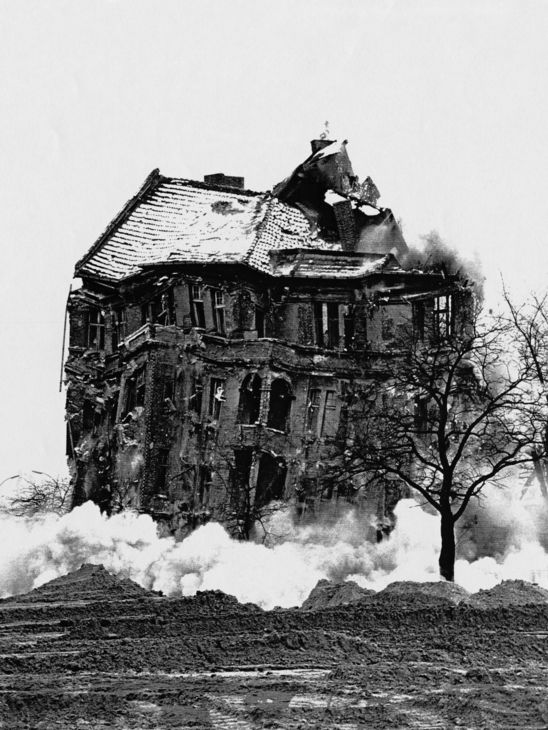
![[Translate to English:] Julie Wolfthorn, Flötenbläser, um 1900 Painting by Julie Wolfthorn, oil on canvas, 46 x 36 cm](/assets/_processed_/9/9/csm_Moderne-Kunst-Berlin-Julie-Wolfthorn-Floetenblaeser_b932313abc.jpg)
![[Translate to English:] Ludwig Meidner, Jüngster Tag, 1916 Painting by Ludwig Meidner, oil on canvas, 100 x 150 cm](/assets/_processed_/d/6/csm_Moderne-Kunst-Berlin-Ludwig-Meidner-Juengster-Tag_122e0c2da3.jpg)
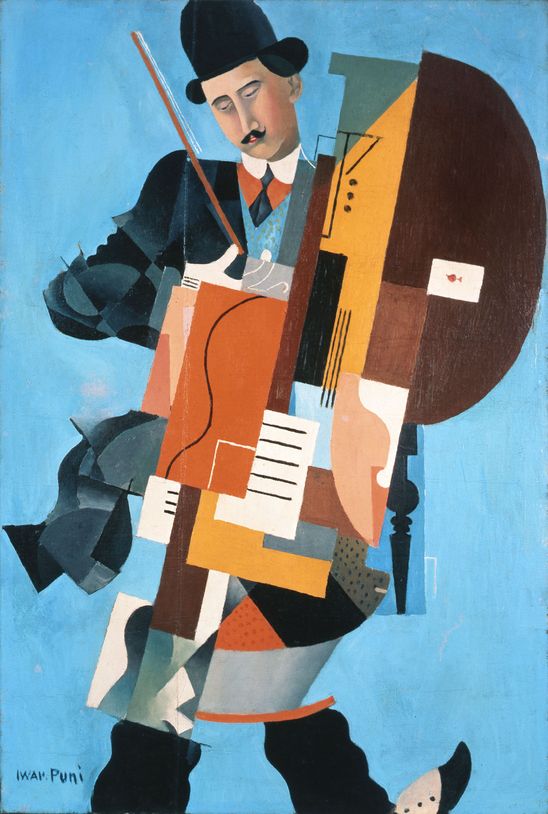
![[Translate to English:] John Bock, Cowwidinok, 2015 Film snippet of an installation by John Bock, projection of the video "Cowwidinok", 82:30 min.](/assets/_processed_/d/2/csm_Zeitgenoessische-Kunst-Berlin-John-Bock-Cowwidinok_58e7370978.jpg)
![[Translate to English:] Alicja Kwade, Dienstag, 03. Dezember 2013, 15:03:02 Uhr, 2014 Installation by Alicja Kwade, various metals, 14,5 x 183,5 x 113,4 cm](/assets/_processed_/a/0/csm_Zeitgenoessische-Kunst-Berlin-Alicja-Kwade-Dienstag-03-Dezember-2013-150302-Uhr_498210d316.jpg)